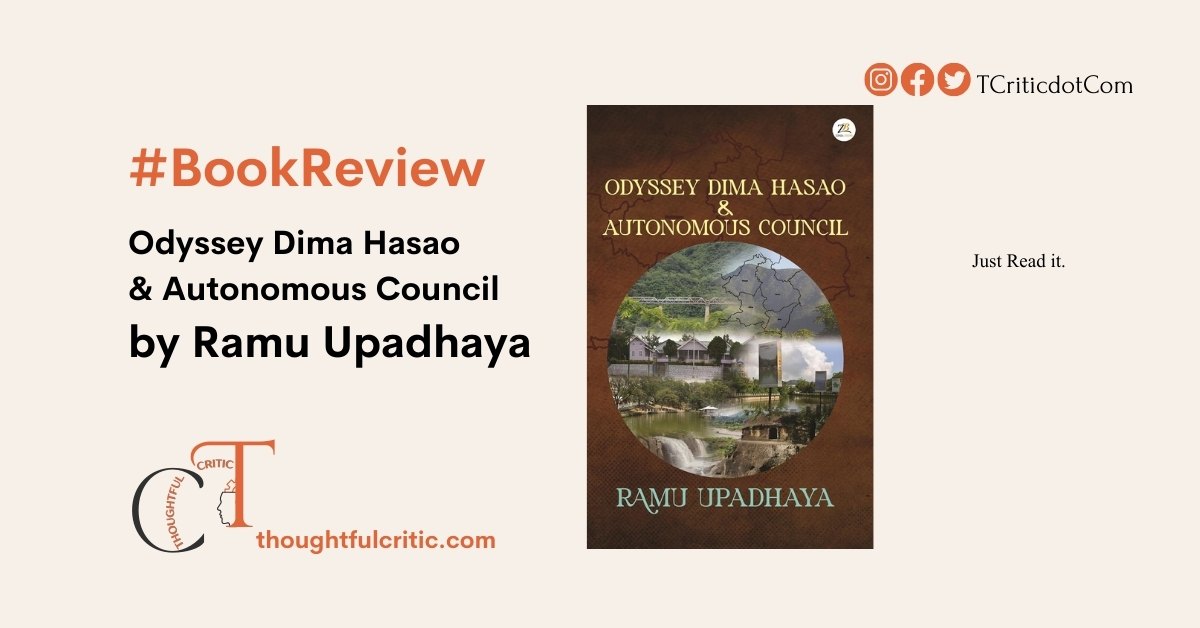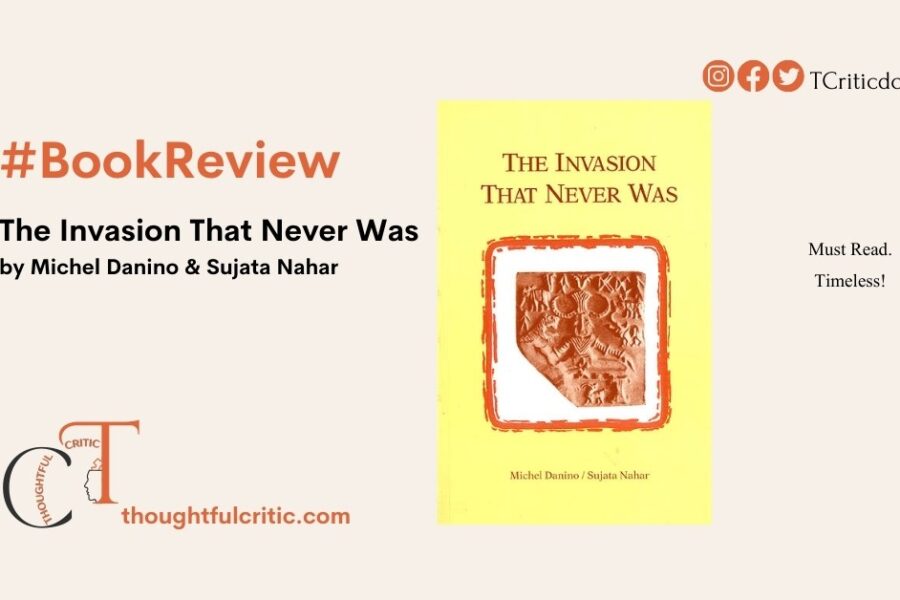Title: Odyssey Dima Hasao & Autonomous Council
Author: Ramu Upadhaya
Publisher: Zorba Books (13 October 2024)
Language: English
Format: Perfect Paperback, 314 pages
ISBN-10: 9358961880
ISBN-13: 978-9358961881
Introduction
Ramu Upadhaya’s Odyssey Dima Hasao & Autonomous Council is an informative and intriguing exploration of Dima Hasao, a district in Assam governed uniquely by an autonomous council, diverging from traditional state governance models. This book goes beyond the scope of typical nonfiction accounts, delving into Dima Hasao’s history, cultural identity, and governance. Upadhaya’s work distinguishes itself through its blend of well-researched historical data, geographical exploration, and cultural introspection, encouraging readers to engage with the essence of Dima Hasao on a deeper level.
Historical and Cultural Exploration
Upadhaya presents a well-researched narrative on Dima Hasao’s etymological and historical roots, extending back to its connections with the Mahabharata. Chapter IV, Etymological Alignment, unveils fascinating insights about the district’s original name, Dimapur, previously known as Dimbapur or Hidimbapur, and connects it to the legends of the Daitya Hidimba and his sister Hindimbaa, wife of Bhimsen from the Mahabharata. This deep historical linkage is compelling and highlights how the ancient legacy of Dima Hasao still resonates within the community today. Readers familiar with Indian mythology will find this section enlightening and valuable in understanding the region’s rich heritage.
Political Landscape and Autonomous Governance
Chapters V and VI address the political framework of Dima Hasao, mainly focusing on its distinctive autonomous council governance. Upadhaya adeptly traces the political evolution of this governing model, drawing from historical contexts to present an objective examination of current political challenges and the prospective future of the region. He skillfully balances historical perspective with pragmatic solutions, offering a comprehensive view of the district’s administration and its potential for future development. The author’s recommendations for improving governance and fostering sustainable growth are noteworthy, underlining his depth of insight into the district’s unique administrative structure.
While Chapter III, Direction and Administration, delves into the operational aspects of the autonomous council, this section can sometimes be dense with statistical data. Nonetheless, Upadhaya retains the reader’s engagement by contextualising the statistics within Dima Hasao’s socio-political realities and coupling data with thoughtful commentary. Though technical, this chapter reinforces Upadhaya’s holistic approach to understanding the district and is crucial in understanding the region’s self-governance model.
Cultural and Traditional Identity
The book explores Dima Hasao’s culture in Chapters VII and IX, where Upadhaya examines the customs, festivals, and communal practices of the district’s indigenous tribes. Chapter IX, Culture and Creases, is particularly compelling, as it comprehensively explains how various tribes coexist harmoniously, respecting and embracing each other’s traditions. This chapter highlights the region’s inclusive nature and community spirit, and Upadhaya’s nuanced portrayal of these cultural dynamics makes this section both informative and celebratory of the diverse heritage of Dima Hasao. Readers interested in ethnography and sociology will appreciate Upadhaya’s insightful observations on cultural coexistence and collective celebrations.
Use of Supplementary Elements
To elevate the reading experience, Upadhaya incorporates various supplementary elements such as poetry, charts, fact boxes, and visual aids throughout the book. These features break the conventional non-fiction format and engage the reader on multiple levels, making the learning experience both immersive and enjoyable. The occasional verses woven into the narrative add an artistic layer, appealing to readers who appreciate a blend of factual information and creative expression. Although some readers might find the poetry unconventional for a factual work, it reflects the author’s unique narrative style, designed to add emotional depth to the otherwise information-rich text.
Author’s Analytical Approach
Upadhaya’s strength lies in his analytical approach, weaving together Dima Hasao’s past, present, and future cohesively. His ability to address historical, cultural, and political issues in tandem while also offering informed suggestions showcases his extensive knowledge of the region and his commitment to its welfare. The author’s extensive research and passion for Dima Hasao’s history and people are apparent. This comprehensive approach makes Odyssey Dima Hasao & Autonomous Council a valuable resource for readers interested in understanding the complex dynamics of autonomous regions within India.
Conclusion
In Odyssey Dima Hasao & Autonomous Council, Ramu Upadhaya transcends the traditional boundaries of non-fiction, creating a vibrant, multidimensional portrait of Dima Hasao. This book will particularly appeal to readers interested in Indian history, anthropology, and political science, as it provides a rare glimpse into an underexplored region’s governance, culture, and traditions. The book’s well-organised chapters, supplemented by engaging visual and textual elements, provide a nuanced understanding of the district’s identity, challenges, and potential.
Odyssey Dima Hasao & Autonomous Council is a must-read for readers keen on learning about India’s lesser-known districts and communities. While the book may feel data-heavy for those looking for a more casual read, it rewards patient readers with rich insights and a broadened perspective on autonomous governance. Upadhaya’s adept blending of factual depth and poetic charm makes this book both an academic resource and a cultural journey, appealing to a diverse audience interested in exploring India’s rich regional diversity.
Alka for Thoughtful Critic
Odyssey Dima Hasao & Autonomous Council by Ramu Upadhaya: Book Review
-
Critical Rating
Summary
The book is not an everyday non-fiction that you keep lying on your coffee table. It is a product of dedicated research and coherent writing that demands your attention. If you get it, read it. You will learn many things about Dima Hasao, a beautiful and distinct part of Assam’s natural landscape, the northeastern jewel of India!




